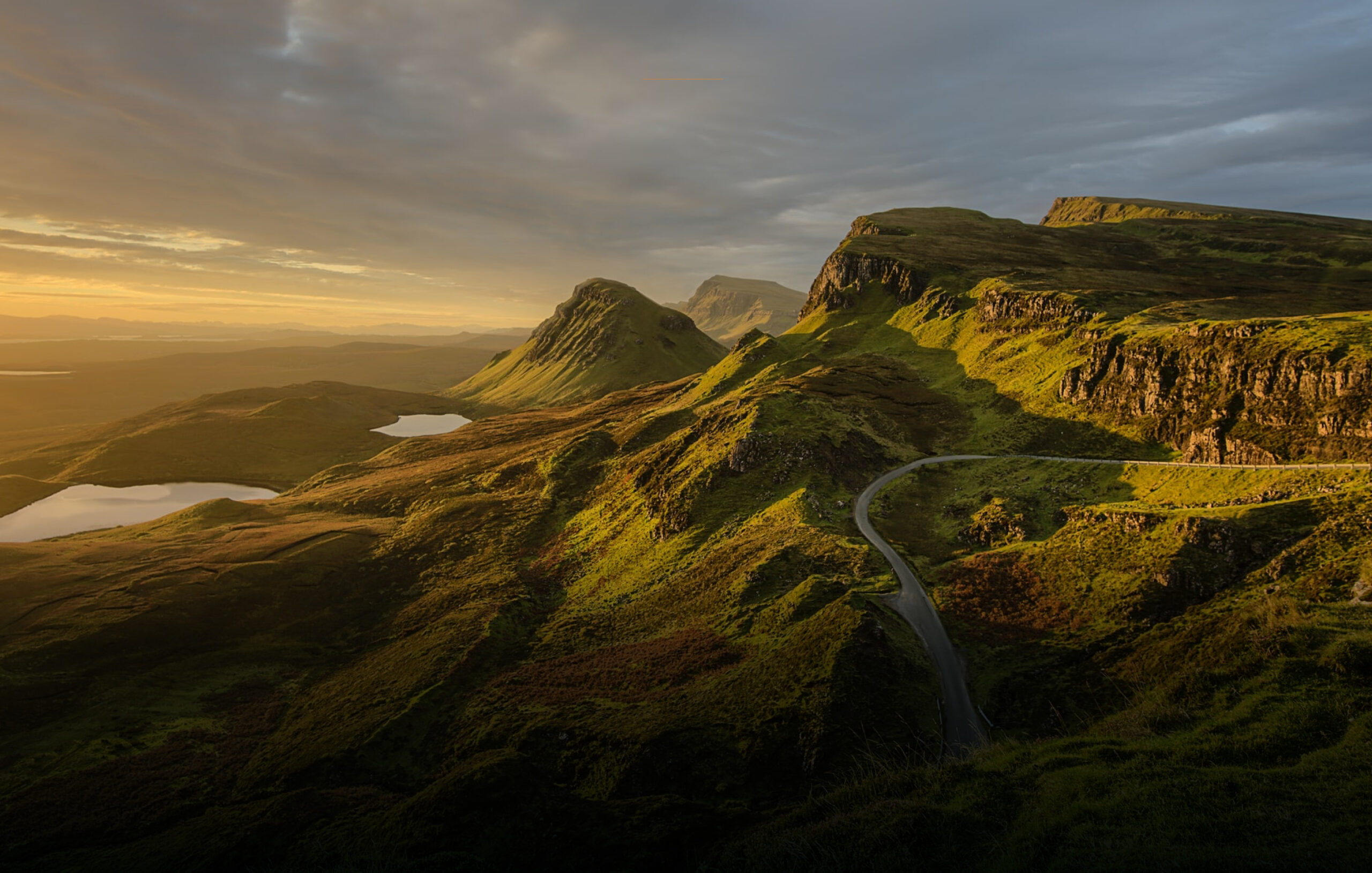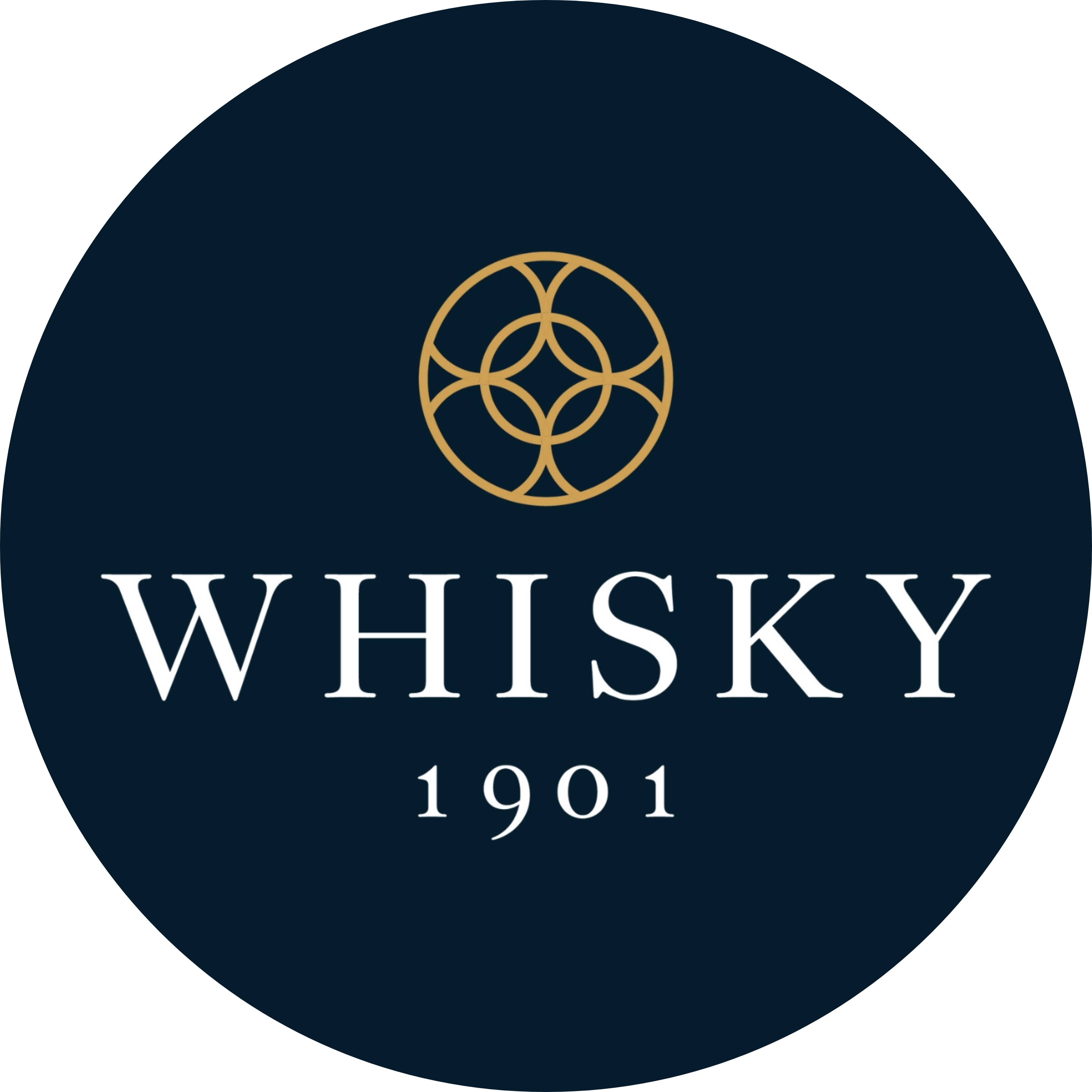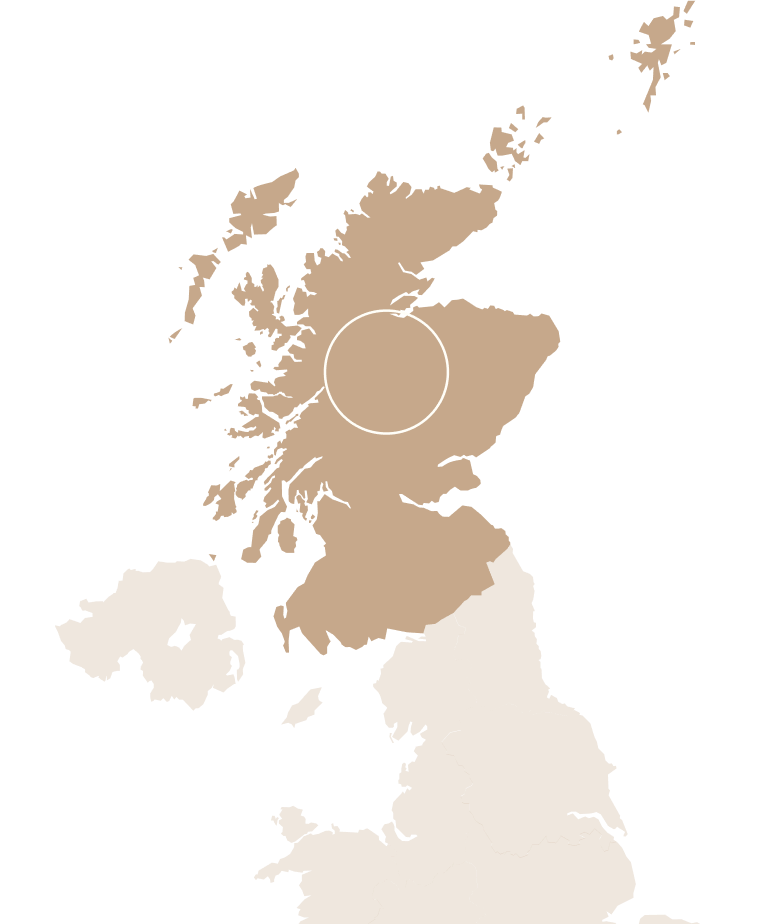The Big Whisky Names of the Highlands
Famous names and distilleries are scattered throughout the Highlands region. Two of the best-selling distilleries are in the far north – Glenmorangie and Dalmore.
Glenmorangie consistently sits in the Top 5 for total world sales of single malt Scotch whisky and is in the town of Tain on the shores of the Dornoch Firth. Glenmorangie is home to the tallest copper pot stills in Scotland, which stand at over five metres high.
Dalmore is slightly further south in Alness. It is also coastal and sits on the shores of the Cromarty Firth, the UK’s deepest sea loch. The distillery is one of the most prestigious for whisky connoisseurs and collectors and is particularly well known for its use of ex-sherry casks in maturation.
Also highly regarded for using ex-sherry casks is Glendronach in rural Aberdeenshire. The distillery is widely regarded as one of the first to have imported such casks for maturation after founder James Allardice visited Jerez in southern Spain.
Dalwhinnie offers something fruitier and lighter, and the 15 years old is a classic single malt that is loved the world over. Glengoyne near Loch Lomond is another popular and award-winning single malt and known for its grassy and malty character.





